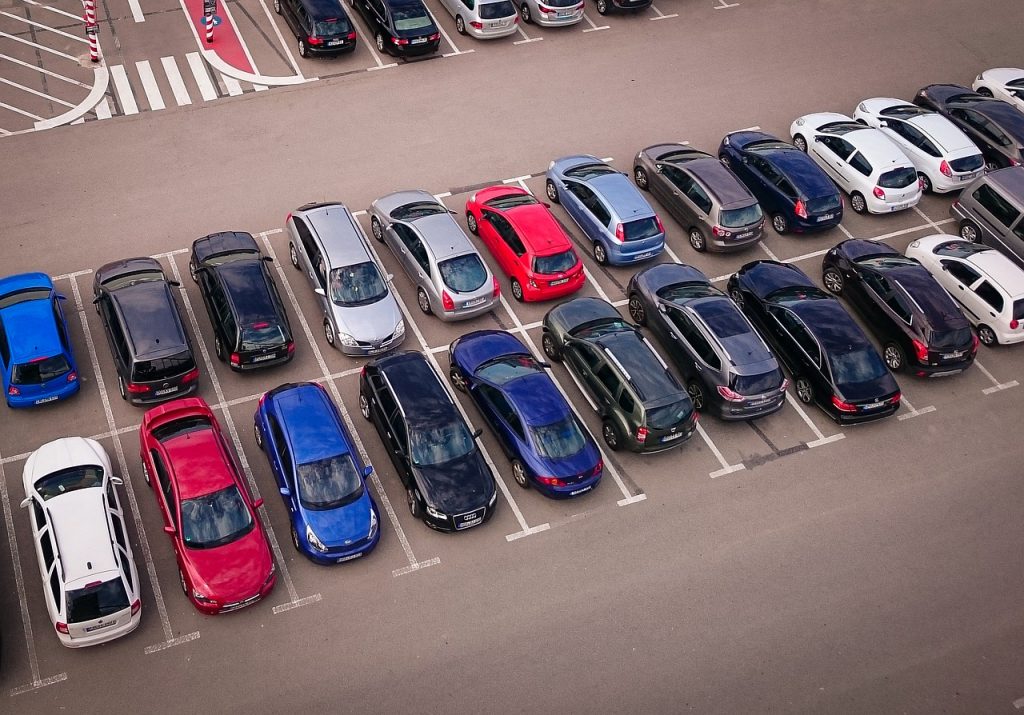New Cars Will Soon Get A Lot More Miles Per Gallon Of Gas
Learn how and when gas mileage will get better for all incoming new cars.
This article is more than 2 years old

New cars, that are neither hybrid nor electric will soon be getting a whole lot more miles to the gallon. Electric cars are frequently touted as one of the major keys to reining in carbon dioxide emissions in the United States. Those sentiments are not invalid, and electric car ownership is increasing exponentially year over year. However, despite the value and the benefits associated with an electric car, purchasing one still remains impracticable for many people. First, electric cars are still inherently expensive. Few options cost below $40K.
Also, because of still sustaining supply chain issues, electric cars are not very easy to come by. So even if a person could buy one, the wait to actually get the vehicle could be months or years long. Additionally, there is also the fact that one cannot simply erase the dependency the public still has on gas-powered cars. In an effort to cater to the existing demographic while still reducing carbon output, AP News reported that the National Highway Traffic Safety Administration (NHTSA) will require all new cars to achieve a minimum of 40 miles per gallon of gas by 2026.
The NHTSA detailed that the updated fuel efficiency requirements for new cars will reduce fuel consumption over the entire lifespan of each vehicle by 220 million gallons. Data also suggests that the new guidelines would serve to reduce carbon dioxide emissions by 2.5 billion metric tons by 2050.
The updated fuel efficiency rollout is planned to go into effect in stages. Presently, under guidelines put into effect by the previous presidential administration, all new cars must get at least 28 miles per gallon of gas consumed. For model years 2024 and 2025 the NHTSA will require that figure to increase by 8%. So in two years’ time, all new cars should be getting at least 30 miles per gallon. In 2026 the revised guidelines require that number to increase by another 10%. This means that by 2026 all new cars should be getting, at minimum, 40 miles per gallon.

Transportation Secretary Pete Buttigieg applauded the NHTSA’s fuel efficiency revisions. Buttigieg specifically alluded to the fact that the increase in fuel efficiency will help to greatly reduce how much the United States depends on its foreign oil resources. His comments were especially poignant given the current ongoing geopolitical conflict. Buttigieg also went on to point out that with more fuel-efficient new cars Americans will also be spending less money at the pump which would amount to measurable individual savings.
Despite all of the perceived benefits surrounding the fuel efficiency adjustments for all new cars, some remain critical. Automotive dealers are predicting that the costs of all new cars will rise across the board by approximately $1,087 by 2029. The fear there is that better fuel economy won’t be enough for Americans to swallow that extra grand even if they will exceed that in savings over time.
Looking from a different lens, Dan Becker, who is the director of the Safe Climate Transport Center at the Center for Biological Diversity thinks the NHTSA should have implemented even more aggressive fuel efficiency standards in order to make progress in effectively stopping the progression of climate change. “Climate change has gotten much worse, but these rules only require automakers to reduce gas-guzzling slightly more than they agreed to cut nine years ago,” said Becker. Overall though, some forward momentum has to be better than none at all.



